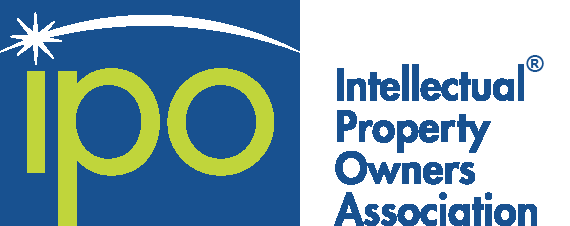Enhanced damages for patent infringement no longer is a rarity in the two years since the Supreme Court lowered the bar for alleging and proving willfulness in its Halo decision. In just the last few months, Illinois federal Judge Harry Leinenweber raised Chamberlain’s $3.8 million trial verdict to $11.4 million after finding the conduct of a rival garage door opener maker to be egregious. In May, Texas federal Judge Rodney Gilstrap found deliberate copying of a water filter design and awarded Whirlpool Corp. $3.8 million in enhanced damages on a $7.6 million verdict.
In this webinar, our expert panel will describe winning corporate strategy and litigation tactics in this new environment. Two of the panelists are litigators with recent courtroom successes involving willfulness issues — and the third is a leading academic expert on patent law and damages. They will analyze recent case law from both district courts and the Federal Circuit and describe:
- Current pleading standards for willfulness, including proving knowledge of the patent or willful blindness, and the impact of letters of counsel;
- The effect of Halo on the availability of pre- suit and post-suit willfulness and the impact of the timing of the notice of infringement; and
- The relevance of the Read factors (Read Corp. v. Portec, Inc., Fed. Cir. 1992) for egregious behavior in light of the fact that enhancement needn’t always follow a finding of willfulness.
Speakers:
- Thomas Cotter, University of Minnesota
- Richard Megley, Lee Sheikh Megley & Haan LLC
- Kathi Vidal, Winston & Strawn LLP


